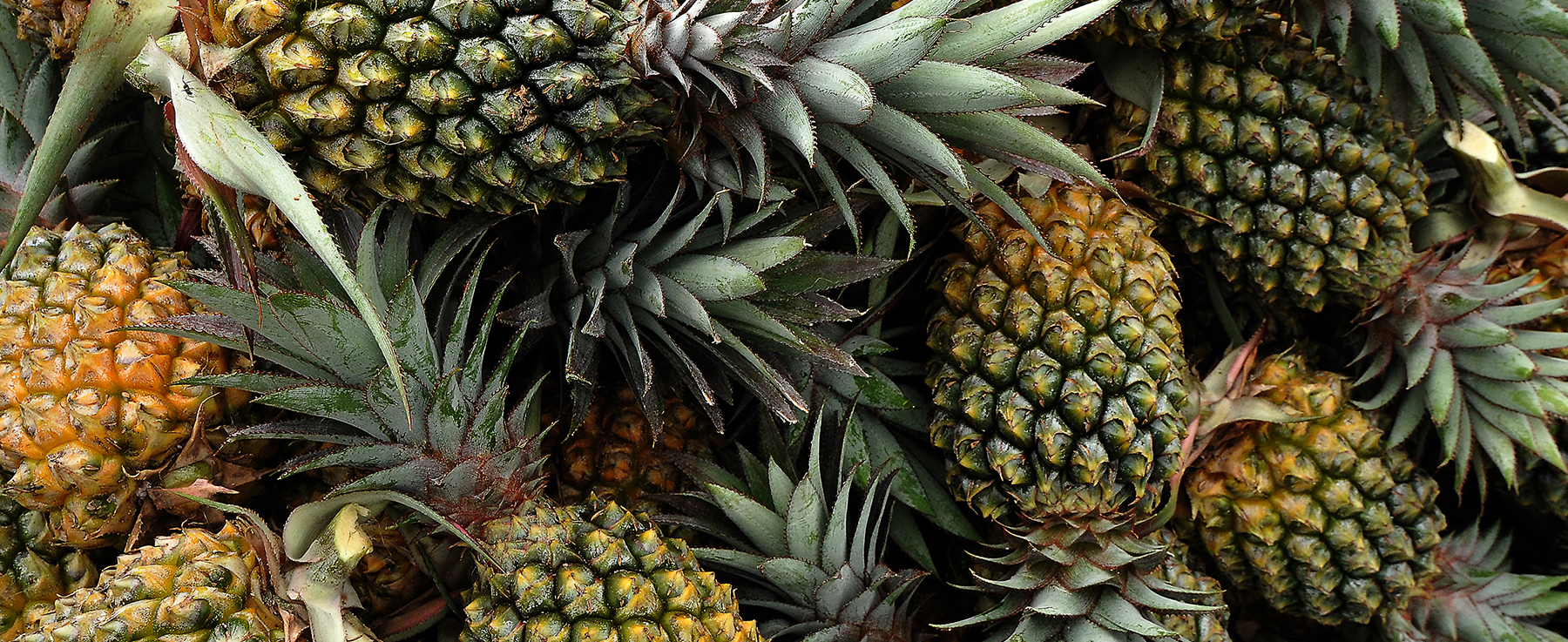
The ripening process of fruits is a fascinating aspect of plant biology, intricately linked to their chemical processes. Climacteric fruits, such as apples, bananas, and peaches, have the unique ability to continue ripening post-harvest due to ethylene gas production. This gas acts as a natural ripening hormone, which not only softens the fruit but also enhances its sweetness. The starch-to-sugar conversion that occurs in these fruits as they ripen is a remarkable transformation, contributing to the delightful taste and texture we enjoy. In contrast, non-climacteric fruits like pineapples, cherries, and grapes, exhibit a different ripening behavior. Their ripening is dependent on their connection to the parent plant, and once picked, they do not become sweeter. While they may undergo physical changes such as softening or color change, these are not indicators of increased ripeness. Understanding these differences is crucial for both consumers and those in the agricultural industry, as it influences harvesting techniques and post-harvest handling to ensure the best quality and flavor of the produce. The science behind fruit ripening is not just a matter of taste but also involves complex biochemical processes. It's a testament to the intricate relationship between plants and their environment, and how even after harvest, the fruits continue to live and change, albeit in different ways depending on their category. The knowledge shared by experts like Harold McGee and Mary Lu Arpaia provides valuable insights into these processes, allowing us to appreciate the natural wonders of the fruits we consume. How to Sweeten Fresh Pineapple Cooking unripe pineapple can indeed enhance its sweetness, as heat causes the sugars in the fruit to concentrate. This method is particularly useful when dealing with pineapples that haven't reached full ripeness before being harvested. The process involves gently warming the pineapple in a low-temperature oven, which can help to break down some of the acids, making the pineapple taste sweeter. However, it's important to monitor the fruit closely during this process to ensure that it doesn't become overly soft or lose its fresh, tangy flavor. This technique can be a great way to salvage a less-than-perfect pineapple and enjoy a sweeter, more flavorful fruit.
© Travel Media. All Rights Reserved.